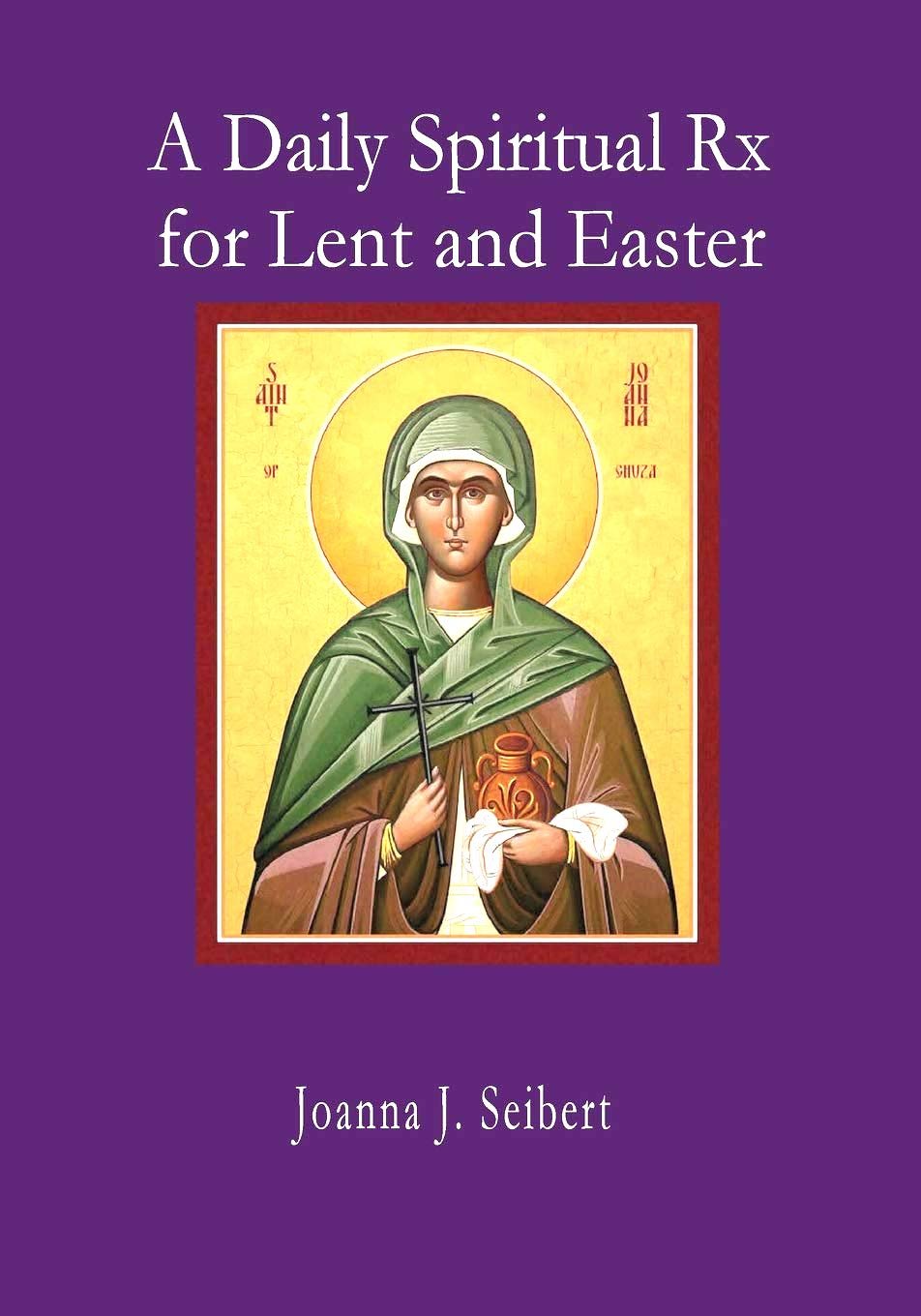Ascension Day
“Now the eleven disciples went to Galilee, to the mountain to which Jesus had directed them. When they saw him, they worshiped him; but some doubted. And Jesus came and said to them, ‘All authority in heaven and on earth has been given to me. Go therefore and make disciples of all nations, baptizing them in the name of the Father and of the Son and of the Holy Spirit, and teaching them to obey everything that I have commanded you. And remember, I am with you always, to the end of the age.’”—Matthew 28:16-20.
Ascension Window St. Thomas Menasha
Today, we celebrate the little-known Feast Day of the Ascension of Jesus to Heaven, 40 days after Easter. Barbara Crafton1 describes this as the feast of the “simultaneous presence and absence of Christ.”
Charles Chatham,2 a former priest at St. Mark’s, reminds us that the New Testament scholar Raymond Brown coined this helpful phrase about the Ascension: “the presence of the absent Jesus.”
There is an absence of the physical body of Christ, but in some mysterious way, he is still with us, inside of us, beside us, and inside our neighbors as well.
Barbara Brown Taylor3 often writes about our wanting to feel the presence of Jesus. We think he is absent. She tells us we should look around us instead of looking up to heaven. Look in our neighbors. Look inside of ourselves. Jesus is still here. Remember how God cared for us in the past. God has never abandoned us.
We know that the Ascension means Jesus took part of the world’s humanity to be forever part of God, the Holy. But Taylor describes the Ascension as if Jesus not only ascended but exploded, with the holiness once concentrated in him alone flying everywhere, far and wide, with the seeds of heaven now sown in all the fields of the earth at that time and in the future. The body of Christ is not somewhere beyond our telescopes but here, beside, and inside of us.
We weekly celebrate this presence in the Eucharist. Christ’s presence is still with us, “always to the end of the age,” Mathew tells us. Jesus also promises that soon, in ten days, we will celebrate the promise of the presence of the Holy Spirit within each of us at the Feast Day of Pentecost.
Both feast days are a mystery.
Kate Alexander4 at Christ Church gives us a prayer attributed to the 16th-century Spanish mystic Carmelite nun Teresa of Avila, which may help explain what so many are trying to tell us:
“God of love, help us to remember
That Christ has no body now on earth but ours,
No hands but ours, no feet but ours.
Ours are the eyes to see the needs of the world.
Ours are the hands with which to bless everyone now.
Ours are the feet with which he is to go about doing good,
Ours are the eyes with which he looks
Compassion on this world. Amen.”
1Barbara Crafton, “Ascension,” Almost Daily Email from Geranium Farm, 2004.
2 Charles Chatham, “Presence of the Absent Jesus,” in Thinking Faith #172, 2012.
3Barbara Brown Taylor, “Looking Up to Heaven,” Gospel Medicine, pp. 72-78.
4 The Rev. Kate Alexander, “Feast of the Ascension, Year B,” Christ Church, Little Rock, May 21, 2009.
Joanna Seibert https://www.joannaseibert.com/
Bless you for supporting the ministry of our church and conference center, Camp Mitchell, on top of Petit Jean Mountain, by buying this book in the daily series of writings for the liturgical year, A Daily Spiritual Rx for Lent and Easter. If you like this book, could you briefly write a recommendation on its page on Amazon? More thank-yous than I can say!!!









